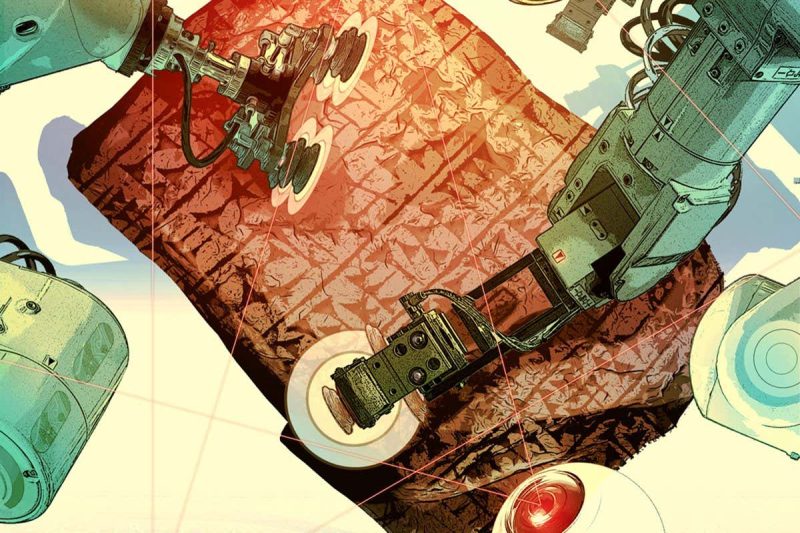The Secret Room in the British Museum
A hidden library in the British Museum holds ancient clay tablets imprinted with the world’s oldest written language known as cuneiform. Irving Finkel, assistant keeper of ancient Mesopotamian script, languages and cultures, is one of the few people in the world who can fluently read this long-dead script. These tablets contain a wealth of information about the world’s first civilization, but only a fraction of them have been translated into modern languages.
The Rise of Cuneiform
Cuneiform originated in Mesopotamia around 6000 years ago, created by the Sumerian people who built the first city-states in the region. It was a script made by pressing a reed into moist clay to create wedge-shaped characters. Initially used for administrative purposes, cuneiform gradually evolved into a tool for linguistic expression, marking the beginning of literature in human history. The Sumerian culture had a significant impact on our modern lives, including the sexagesimal counting system, which gave us 60 seconds in a minute and 360 degrees in a circle.
The Challenges of Deciphering Cuneiform
Cuneiform is a complex writing system with no standard way of writing a word. Additionally, many tablets are incomplete or fragmented, making translation a tedious task. The majority of cuneiform tablets are broken, chipped, or damaged, requiring experts to piece them together. Moreover, there are only a limited number of individuals who can read cuneiform fluently, further hindering the translation process.
AI Revolutionizing the Study of Cuneiform
Advancements in artificial intelligence (AI) are transforming the study of cuneiform. Computers can now be trained to read and translate cuneiform, reconstruct fragmented tablets, and predict missing text using AI algorithms. These tools have enabled researchers to fully read ancient works of literature for the first time in millennia, providing valuable insights into the stories and civilizations of the past.
Fragmentarium and Electronic Babylonian Literature Project
The Fragmentarium, part of the Electronic Babylonian Literature project, uses AI to piece together fragmented tablets and recreate ancient libraries written in cuneiform. By training algorithms on transliterations of texts and analyzing multiple copies with minor variations, the AI can predict missing segments and search for specific cuneiform signs in vast databases of fragments, unveiling new genres of ancient literature and filling in gaps in narratives.
The Machine Translation and Automated Analysis of Cuneiform Languages Project
The Machine Translation and Automated Analysis of Cuneiform Languages project focuses on translating and analyzing Sumerian administrative tablets. By training algorithms on transliterated phrases, the project achieves high translation accuracy and can extract key information from texts, such as people, places, and gods mentioned in the tablets.
The Future of Cuneiform Studies with AI
AIs are now making strides in reading cuneiform characters themselves, using computer vision systems for text recognition. These systems can detect and delineate cuneiform signs, paving the way for instant translation capabilities. The ultimate goal is to link sign recognition with modern language translation systems, allowing people to capture images of cuneiform tablets and receive instant translations through their smartphones.
Building Digital Archives and Networks
Digital databases and archives play a crucial role in training AI algorithms and preserving cuneiform texts. Efforts such as the Cuneiform Digital Library Initiative and Electronic Babylonian Literature project are digitizing texts, making them available to scholars and the public. Integrating these vast collections into a network of connections will provide a comprehensive portfolio of ancient life and further our understanding of the past.
Preserving Humanity’s Ancient Heritage
By leveraging AI, researchers are unraveling the mysteries of cuneiform texts, shedding light on the world’s first civilizations and their contributions to human history. The digitization and translation of these ancient writings are unlocking new insights and connecting us to our cultural heritage.







